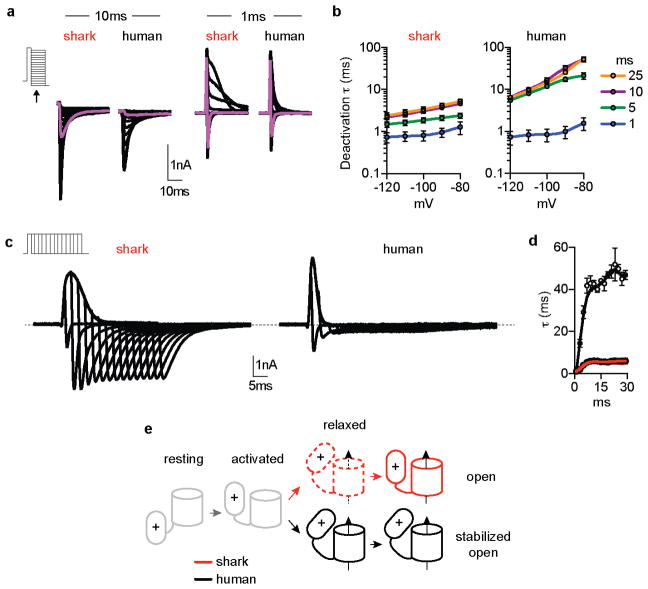Extended Data Figure 6. Shark KV voltage sensor domain relaxation.
a. QOFF kinetics following either 10 ms or 1 ms 40 mV activating prepulses. Purple traces indicate deactivation at −50 mV. Arrow indicates when current properties were measured during voltage protocol.
b. Average QOFF kinetics were faster in shark (red) compared with human (black) during deactivation following 40mV prepulses of 25, 10, or 5 ms duration, but were of similar rates following 1ms activating prepulses. Kinetics were measured at voltages that decreased in 10mV increments from 40mV. n = 9, p < 0.0001 for contribution of orthologue identity to series variance at 25, 10, or 5 ms, but no significant difference was observed at 1 ms, two-way ANOVA with post hoc Bonferroni test.
c. Shark KV1.3 QOFF kinetics were relatively unaffected by activating voltage pulse duration while human KV1.3 entered a proposed ‘relaxed’ state resulting in slowing of QOFF with increasing pulse length. Deactivation was measured at −100 mV following a series of 40 mV voltage pulses of varying duration from 0.5 ms to 30 ms.
d. Average QOFF kinetics in response to indicated voltage pulse lengths. n = 6, p < 0.0001 for comparison of orthologue QOFF kinetics following a 30ms voltage pulse.
e. Hypothetical model of shark and human KV1.3. Compared with its human orthologue, shark KV1.3 exhibits reduced voltage sensor domain relaxation, which stabilizes pore opening in human KV1.3. Reduced voltage sensor relaxation is indicated by dotted lines to suggest that this state(s) may occur to a lesser extent in the shark orthologue. Thus, compared with human KV1.3, the shark orthologue requires relatively less repolarizing voltage to more quickly return to a resting/closed state.
All data represented as mean ± s.e.m.

